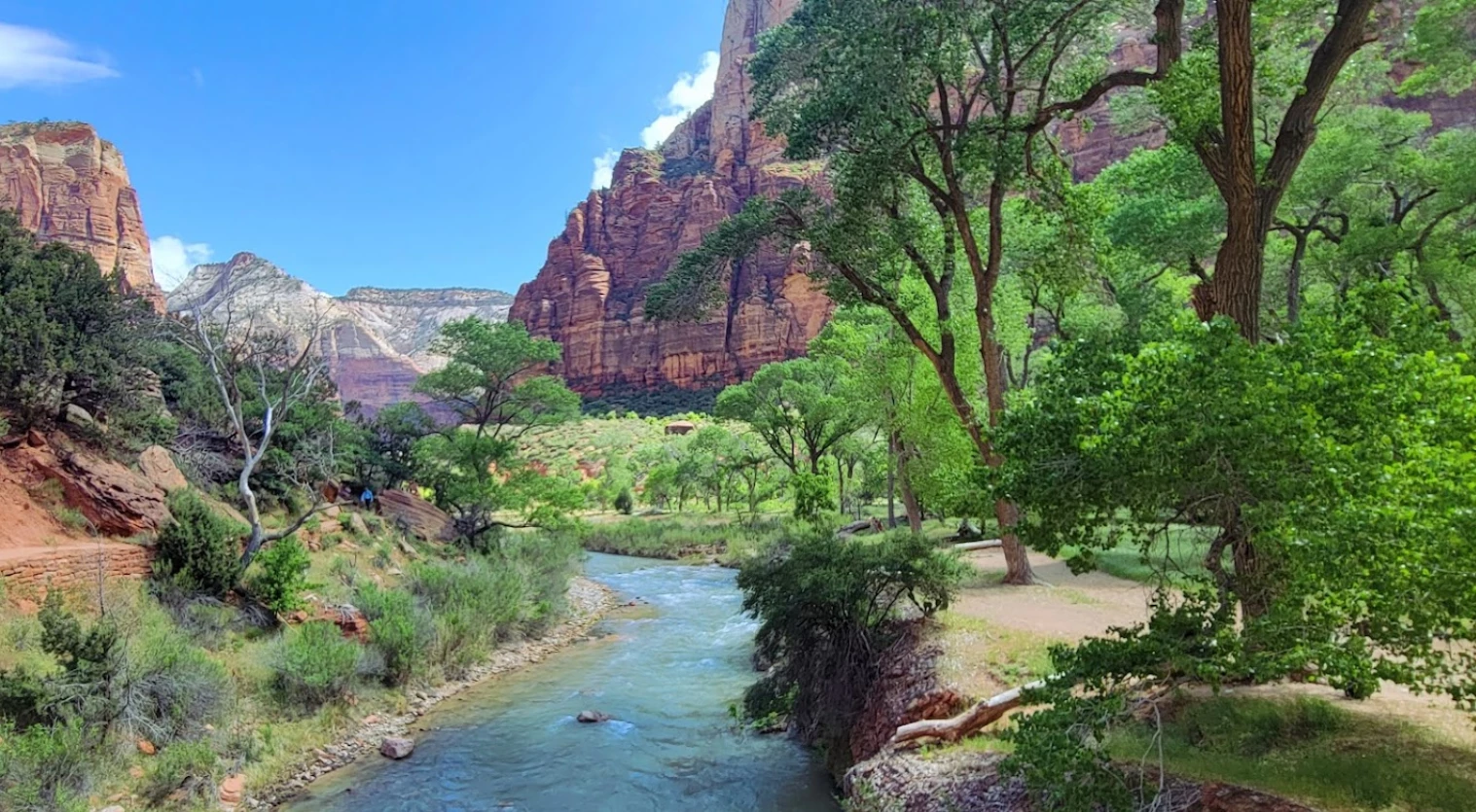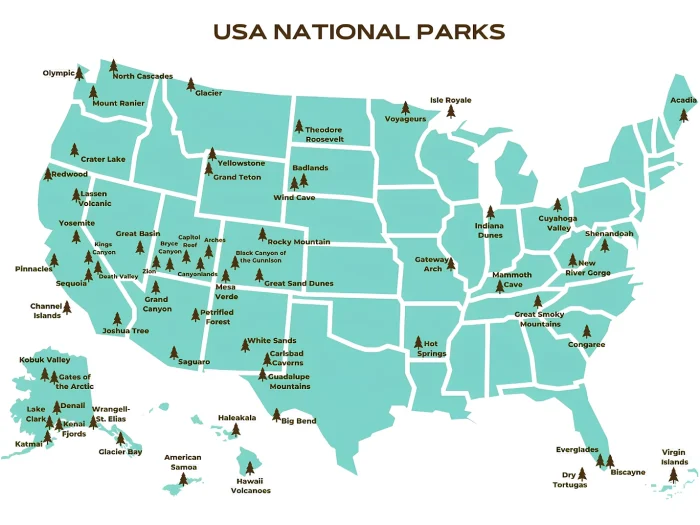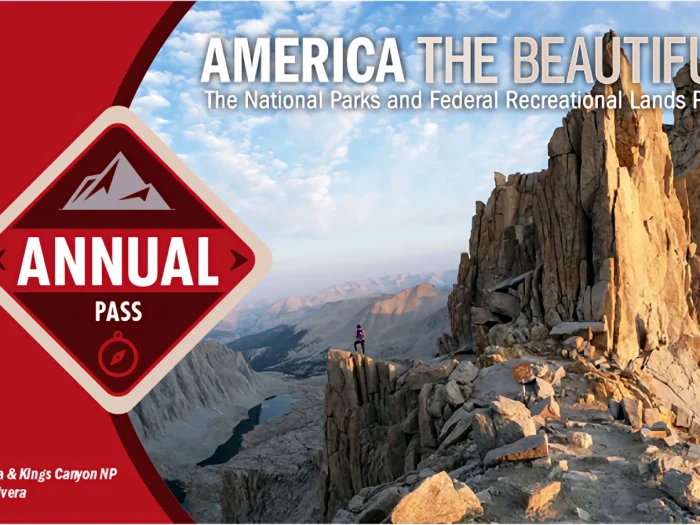National Parks and Environmental Science Projects for Students
National parks serve as living laboratories for teaching environmental science; they’re more than just places for fun! Children in national parks have an unparalleled opportunity to engage with nature, observe ecosystems in action, and engage in scientific projects that enhance their comprehension of environmental challenges. National park educators might inspire new generations of scientists and environmentalists by including national parks in ecological science courses; this article explores their place within the environmental education curriculum while outlining some significant projects students could work on to further their knowledge.

The Educational Value of National Parks
National parks offer students a unique setting in which to study environmental science. From species, geological structures, and different ecosystems exclusive to national parks to marshes and forests, as well as mountains and deserts found there, students can use national parks as the perfect backdrop to research topics like hydrology, ecology, geology, and climate science.
Students who visit national parks gain more than just knowledge from national park visits; they also develop a greater appreciation of nature and conservation efforts. Students gain insights into how human activity alters natural settings, learn the challenges associated with maintaining and managing these spaces through fieldwork experiences, and are inspired to consider careers in environmental science, conservation, or related disciplines through this hands-on learning that instills environmental responsibility in them. Such research can also help students become professional paper writers who can assist others and share their wisdom.
Citizen Science Projects: Engaging Students in Research
Citizen science activities have proven an effective means of engaging students in environmental science projects. Students and members of the public are participating in these initiatives, gathering data and conducting research that advances scientific understanding. Citizen science programs allowing children to conduct significant scientific research while exploring nature are often held in national parks.
Students can participate in programs designed to monitor wildlife. Watching animals and reporting information about their populations, behaviors, and habitat usage helps scientists and park rangers make well-informed judgments regarding conservation activities. Monitoring water quality or studying plant biodiversity are other citizen science initiatives engaging students.
Restoration Projects: Hands-On Conservation
Students gain the chance to actively take part in preserving natural environments through restoration projects in national parks. Restoration initiatives often include reclaiming damaged landscapes, eliminating alien species, and growing native plants – providing students with invaluable experiences learning ecology and the value of healthy ecosystems through restoration initiatives.
Students might work on projects to restore wetland areas by planting native shrubs and grasses to improve water quality, provide animal habitat, and minimize erosion. They will gain insight into the intricate relationships among plants, animals, and their surroundings. They will learn more about managing ecosystems through restoration initiatives and their value for ongoing maintenance and observation.
Environmental Monitoring: Tracking Changes in National Parks
Maintaining the long-term health of national park ecosystems relies heavily on environmental monitoring. Students involved in monitoring projects that track changes over time are invaluable contributors to these efforts; such projects often address climate change, air and water quality concerns, and the effects of human activities on natural resources.
Students could help monitor air quality in national parks by measuring ozone, particulate matter, and nitrogen oxides to better understand their causes and impacts on ecosystems and public health. Students could also help monitor water quality by collecting samples from wetlands, lakes, or rivers and testing for pollutants, pH, and temperature indicators as part of water monitoring initiatives.
Climate Change Research: Understanding Global Impacts
Climate change is one of the primary environmental concerns today, and national parks provide excellent environments to study its effects. Climate change’s consequences, including increasing temperatures, altered precipitation patterns, altered plant and animal distribution patterns, and altered species distributions, have already had an impactful presence in many national parks; students can help raise global awareness by conducting climate change studies at national parks.
Temperature and precipitation fluctuations can alter natural phenomena, like animal migration and plant blooming, altering their timing. Students can work on projects to track these shifts; additionally, they may investigate how individual ecosystems such as alpine settings where melting glaciers and shifting plant and animal species have been affected by climate change – are being impacted.
Conclusion
Students looking for ways to explore environmental science projects in national parks will find many beneficial and instructive experiences when participating in citizen science programs, restoration projects, environmental monitoring, or climate change research. Students can better understand nature’s struggles for preservation and ways to preserve it themselves – experiences like these often lead to a lifelong commitment to environmental conservation while expanding scientific knowledge and abilities.
Teachers can facilitate students’ connection with nature by including national parks in environmental science curricula and providing experiential, relevant learning opportunities. Students may actively contribute to our planet’s preservation and conservation by engaging in practical scientific projects or touring national parks’ beautiful natural splendors.




